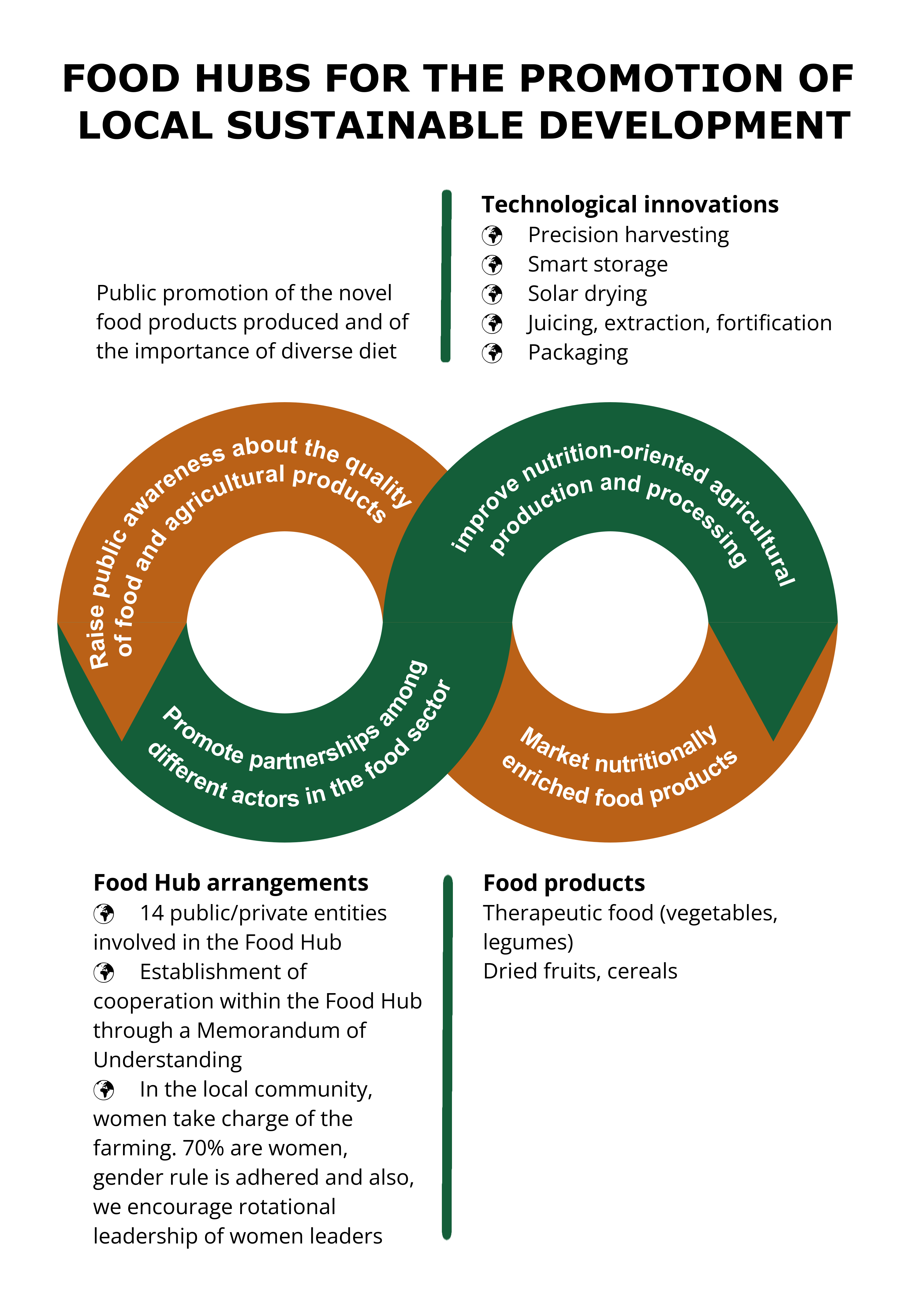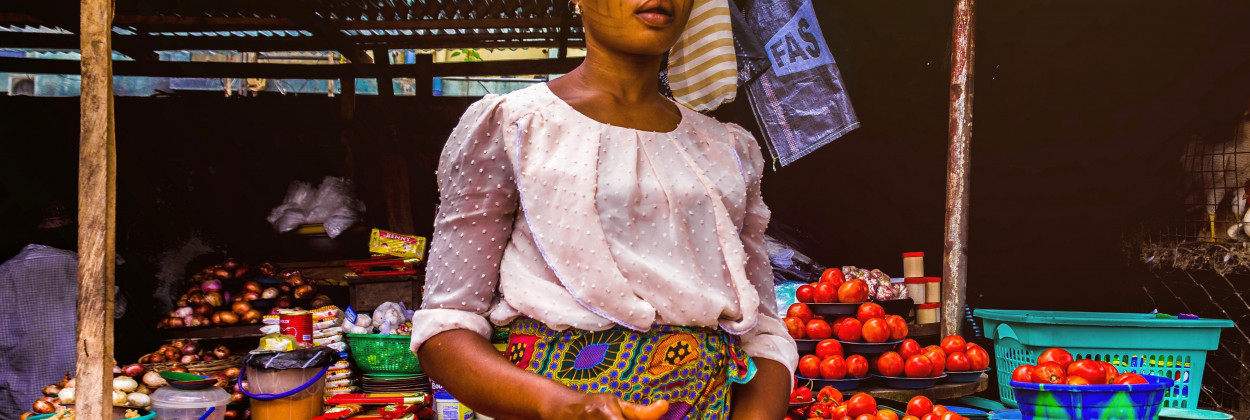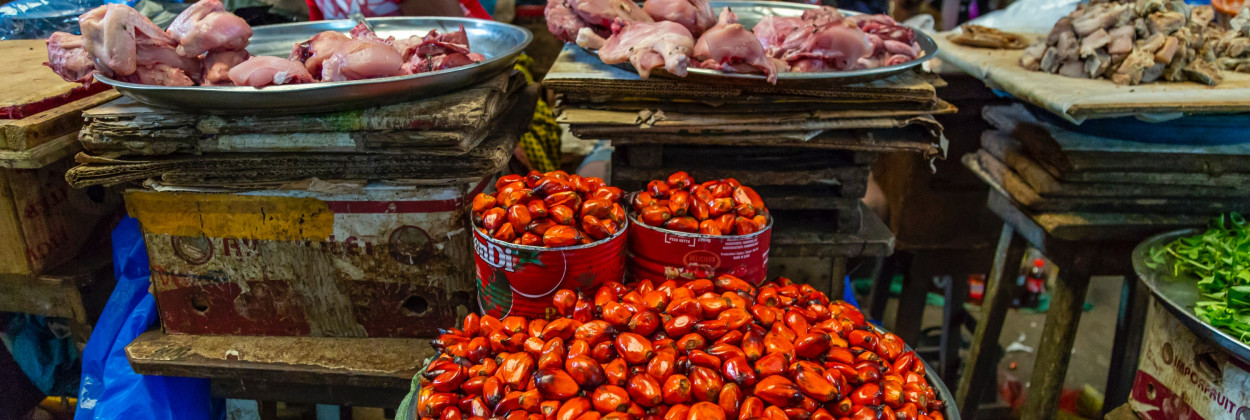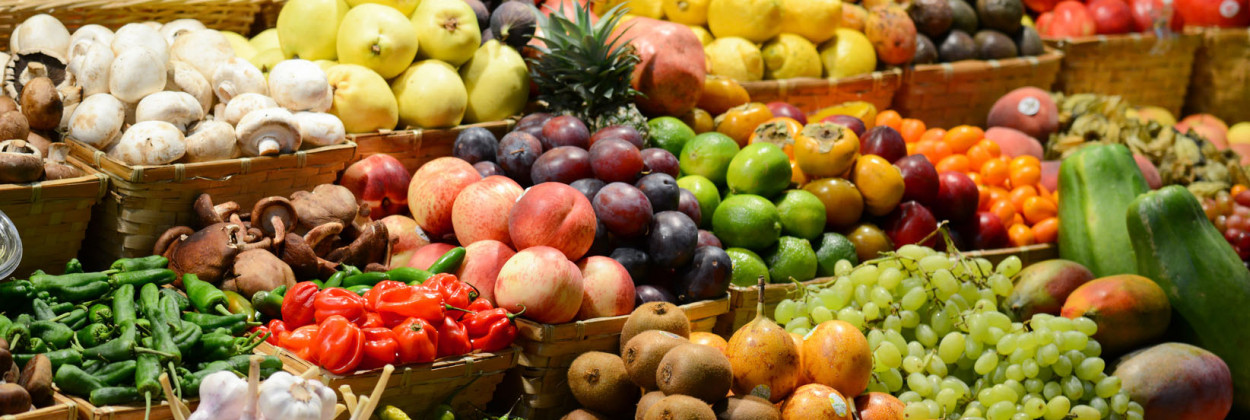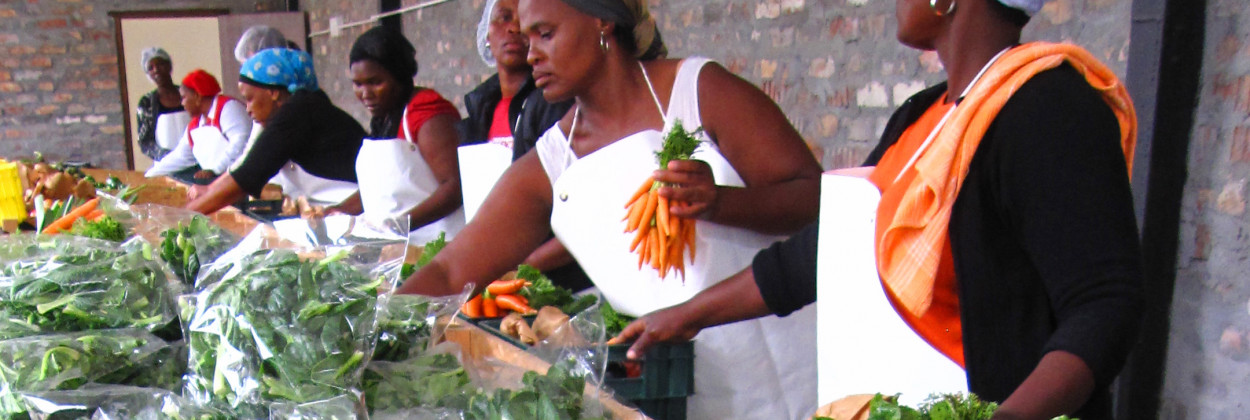The Mukurweini Food Hub is located in Nyeri County, in the central part of Kenya. In 2019, it registered a population of 759,164 people.
In Kenya, maize is the commonest staple food, followed by wheat and beans.
About 32.8% of children in Kenya achieve Minimum Dietary Diversity (MDD). Among the adolescent, females consume a more diversified diet compared to their male counterparts.
Among children under the age of five years, the national prevalence of stunting, wasting and underweight stands at 26%, 4% and 11% respectively. In Kitui County the prevalence rates of stunting and wasting decreased while as the rate of underweight went up. In Nyeri, the prevalence rate of all indicators decreased. Among adolescents, the prevalence of underweight in boys is higher than that of girls.
There is a notable upward trend in the rates of overweight and obesity in both boys and girls though girls are more affected than boys.
Iron, zinc, iodine, Vitamin A and calcium are the micronutrient deficiencies which pose a public health concern in Kenya.
The crops with the most important agricultural production in Kenya are maize (92.1% of farmers produce it), bean (60.8% of farmers), coffee (32%), pigeon pea (26.3%) and banana (21.1%).
Highlights about the work carried out in this Food Hub
Technological innovations in this Food Hub
Precision harvesting systems. The overall objective is to improve the shelf life and efficiency of harvesting mangoes. The specific objectives are to design and fabricate a fruit detachment and conveyance unit; to compare the shelf life of shaken-fallen mangoes and machine-harvested mangoes; to perform a cost-benefit analysis of using the harvester, and to optimize the harvester ergonomics (user comfort) through field trials and design improvement.
Smart storage systems. The overall objective is to design, fabricate and test the effectiveness of external evaporative cooling for an insulated chamber for the preservation of fruits and vegetables. A solar evaporative cooling chamber will be constructed, which will pump air into the storage chamber through a fan, and water will be sprinkled using a drip irrigation system. Its effectiveness will be determined by measuring the preservation of two fruits and two vegetables.
Solar drying. The overall objective is to produce and characterize tree tomato powder through solar and refractance window drying. To this end, a solar concentrating cabinet drier will be designed and fabricated, the effect of temperature and pulp layer thickness on the drying kinetics and quality of tree tomato determined, and the drying kinetics and quality characteristics of tree tomato powder produced by the solar drier and the refractance window drier assessed and compared.
Juicing, extraction, and fortification. The overall objective is to produce value-added products from local fruits, and, to that end, optimize the juice extraction process and the fortification of other products with the extracted pulp. The juice extraction process optimization will be focused on tamarillo pulping. The effect of different pulping methods on the yield and physicochemical properties of tamarillo pulp will be investigated.
The obtained tamarillo fruit pulp/powder will be mixed with other ingredients to formulate and nutritionally enrich a novel food (therapeutic food) and optimise its production cost. An intervention study will be carried out in the Mukuruweini Food Hub to test the efficacy of the therapeutic food on prediabetic people.
Bio-based packaging. This action is aimed at developing and testing bio-based packages able to preserve the overall quality of food products from different Food Hubs, during storage and transportation. The activities to be done are the following: identification of different raw materials among several agricultural by-products from local regions to be used as material, optimisation of the coating formulation, assessment, characterization of preliminary obtained materials, pre-selection, testing at lab/small scale level of environmentally friendly, affordable, and suitable pack materials. This Food Hub is focused on bio-based package for therapeutic food and baby food, dried fruits and vegetables.
Highlights about the research with farmers
FoodLAND surveyed a total amount of 505 farmers in this region with the aim of improving the background knowledge of African smallholder farmers’ decision-making and of individual and contextual conditions. 217 out of these 505 farmers surveyed were women, and the other 288 were men. 79.2% of farmers are members of any local farmers’ associations.
According to the information gathered from the surveys, 37.2% of farmers’ income is lower than the average income in the region, the income of 60.2% of farmers is about the average or somewhat higher, and only 2.6% of farmers stated an income higher than average. With these incomes, 68.6% of them are able to meet their household’s food needs, 23.8% experience some difficulties, and 7.7% face serious food shortages.
Besides, they have reported major worries regarding the near future regarding infestation and pests (3.83 on a scale from 1 to 5), the cost price increase of fertilizer or seed (3.69), food shortage starvation (3.43), income reduction (3.13), and health disease (2.90).
With regard to their interest and propensity to introduce new technologies and/or productions, 92% of farmers are extremely or moderately interested in adopting a technological innovation (4.67 on a scale from 1 to 5).
Highlights about the research with consumers
With the aim of enlarging background knowledge of African consumers’ food preferences and behaviours and of their socioeconomic drivers and measuring the current level of dietary diversity, FoodLAND has assessed food consumption at both individual and household levels that provide a good measure of diet quality and diversity. FoodLAND has conducted surveys both in households and out of stores in Nyeri, which is paired with this Food Hub. 513 people participated in the survey. Below you can find some highlights extracted from these surveys, regarding consumers’ preferences, habits, incentives, and barriers when it comes to choosing food products for their households.
Urban consumers consider on average their household diet as moderately healthy (around 3.9 on a scale of 5). When asked about their propensity to include in their diets a new food product with augmented nutrient content (e.g., naturally improved bean with high levels of proteins and minerals) that could complement their current household diet, consumers report a moderately high level of interest (about 3.9 on a scale to 5). When looking at the reasons behind the inclusion of new nutrient-dense food, Kenyan consumers rate the highest affordability, the possibility of enhancing the healthiness of their household diet, and their trust in doctor’s recommendations. The most rated obstacles are price, potential unfamiliar taste, and feeling of lower food safety.
As for the reasons behind usual food purchasing behaviours, respondents in Kenya rate the most on average food affordability (price) and availability. The food categories mostly lacking in the consumer’s household diet are on average vegetables.
Consumers were also asked about their interest in buying new local food products. They showed a high disposition to buy these local products (around 3.9 on a scale of 5). Among the reasons that make them choose the new local products, the three consumers rated the most were that they could afford it, it could be easily found where they usually buy food, and it could help local farmers.
